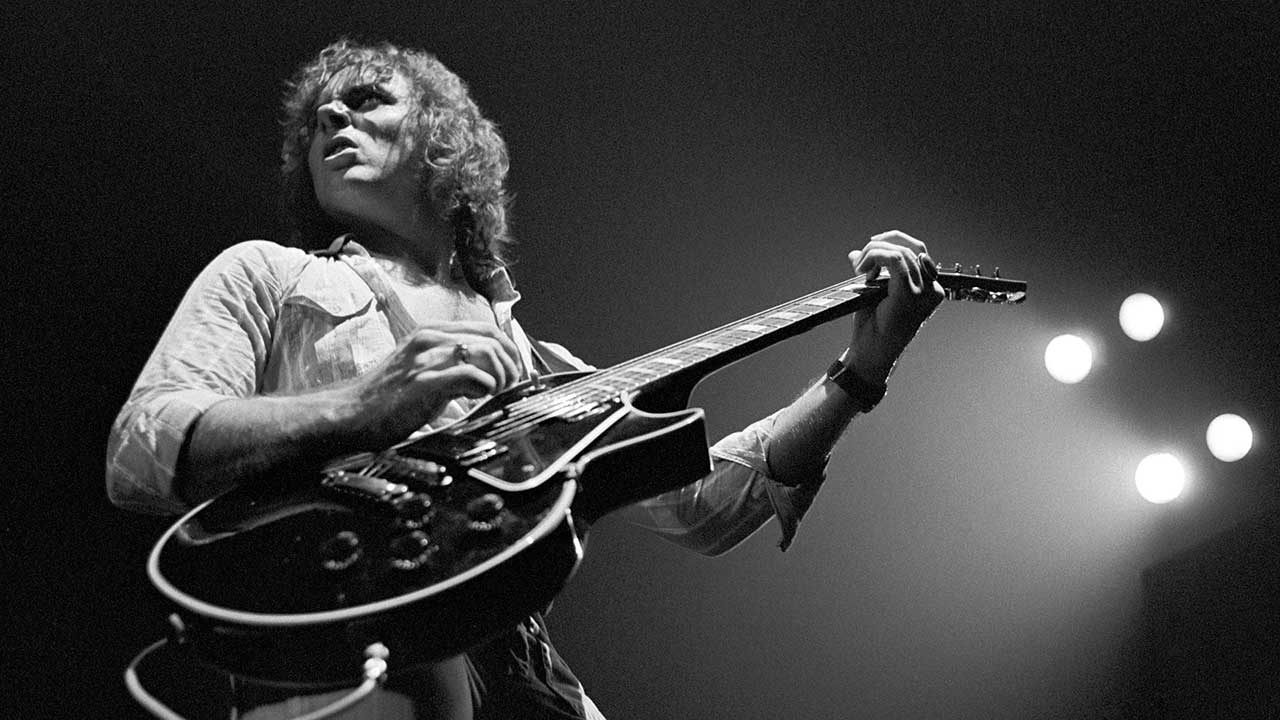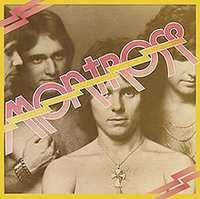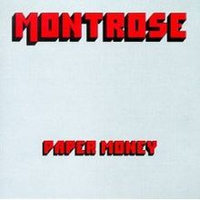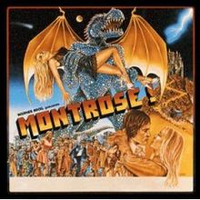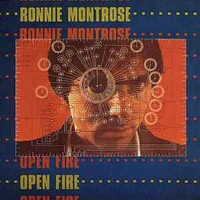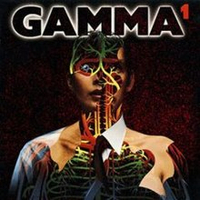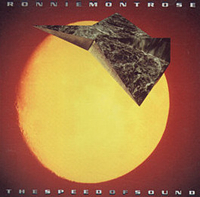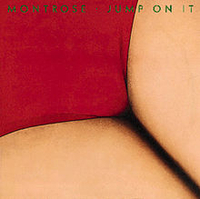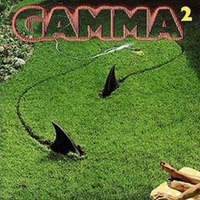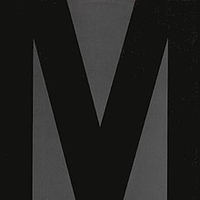In purely commercial terms, Ronnie Montrose might not rank alongside Kiss, Aerosmith or Van Halen, but he was arguably more influential. A guitar genius whose talents were overshadowed by his mercurial, sometimes awkward nature, he nonetheless helped lay down the blueprint for an entire strain of American hard rock in the early 70s, wresting the sound away from the British bands who created it a few years earlier and unlocking the imaginations of would-be guitar heroes across North America and beyond.
Born in San Francisco in 1947, Montrose ran away from home at the age of 16 to pursue a career in music. By the early 70s he’d made a name for himself as a session musician, playing on Van Morrison’s Tupelo Honey and Saint Dominic’s Preview, joining the Edgar Winter Group for 1972’s classic They Only Come Out At Night album and appearing on Herbie Hancock’s jazz-fusion breakthrough Mwandishi.
Montrose’s reputation, however, was sealed by the band that bore his name, particularly the self-titled debut album released in 1973. Featuring bassist Bill Church, drummer Denny Carmassi and an unknown vocalist named Sammy Hagar, their high-octane songs opened up a new avenue for hard rock.
Sadly, strains between Montrose and Hagar put paid to any hopes of huge commercial success, and by 1976 the guitarist wound the band up, subsequently forming the more melodic Gamma with future Robin Trower vocalist Davey Pattison.
By 1983 the ever-restless Montrose pulled the shutters down on Gamma and spent the rest of the decade drifting. He performed with Paul Kantner and Rail, before unsuccessfully relaunching Montrose with a new line-up in 1987.
Underwhelming solo releases followed, before the original line-up buried their differences to record a track, Leaving The Warmth Of The Womb, for Hagar’s 1997 solo album, Marching To Mars. The quartet reunited in the mid-00s to perform live during encores at the singer’s shows.
A full-blown reunion was pencilled in for October 2012 but, sadly, it never happened. In March of that year Ronnie Montrose took his own life; he had been battling depression and prostate cancer. It was a sad end to a life rich with talent, if not always success.

